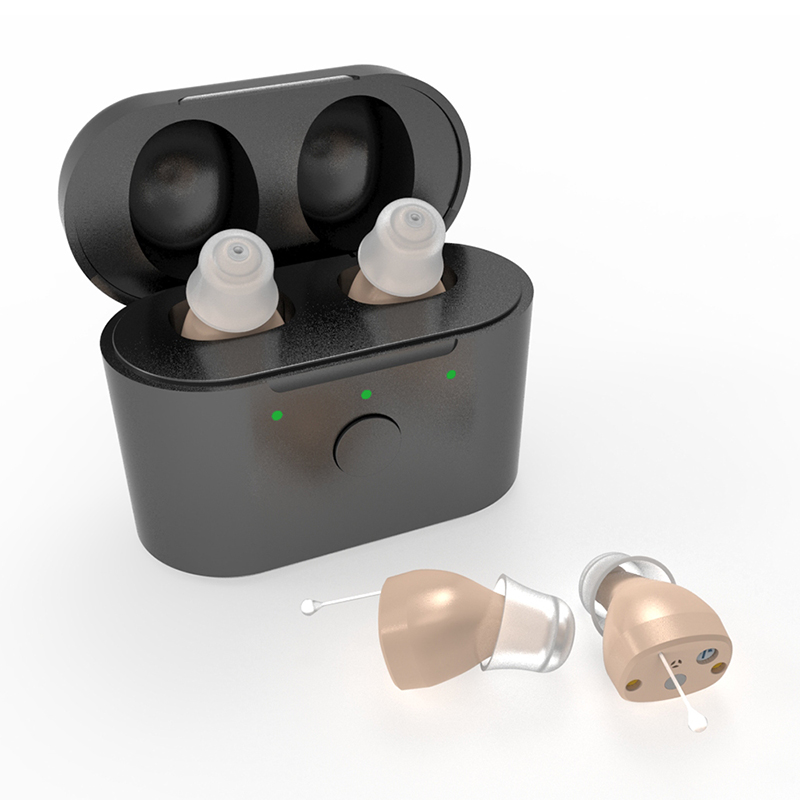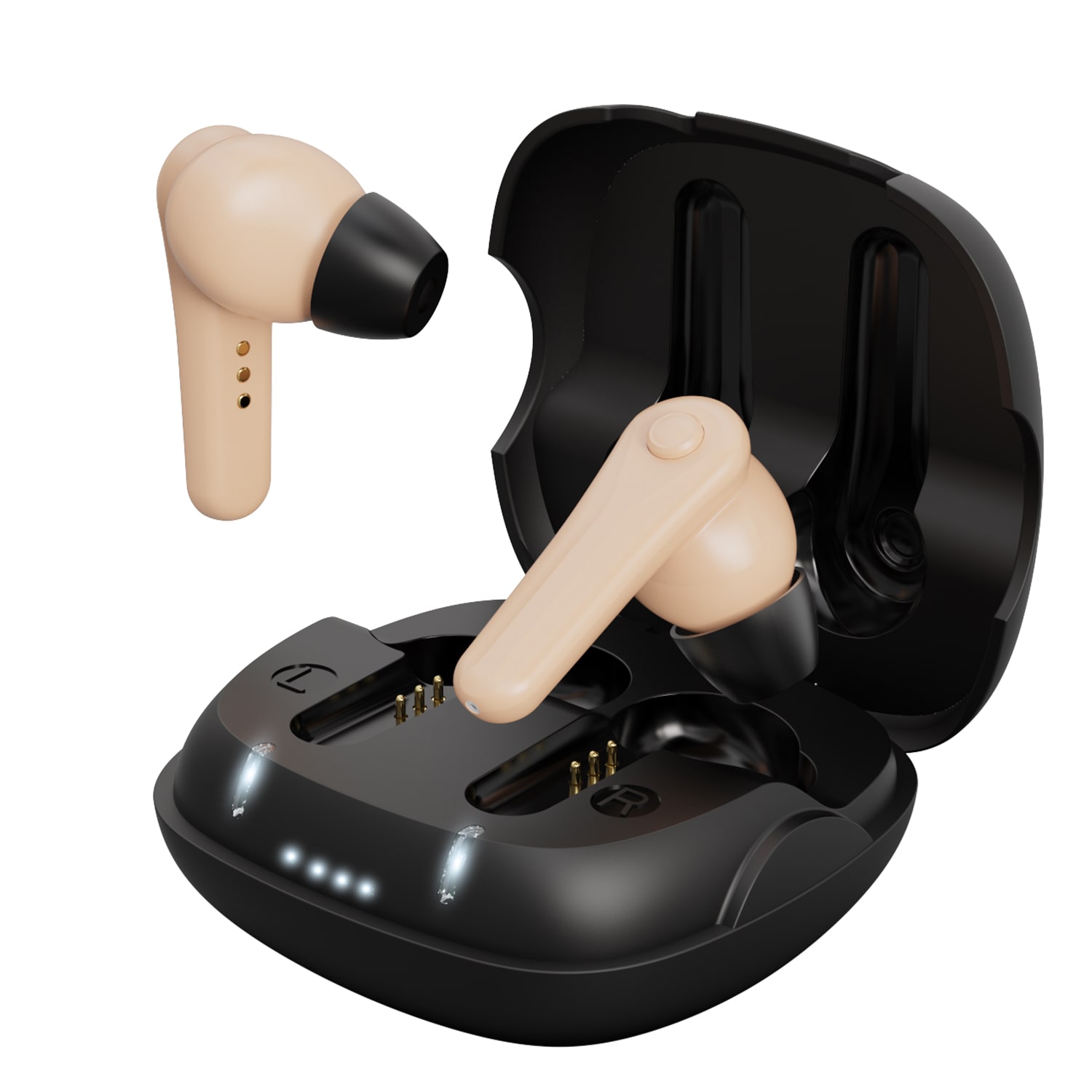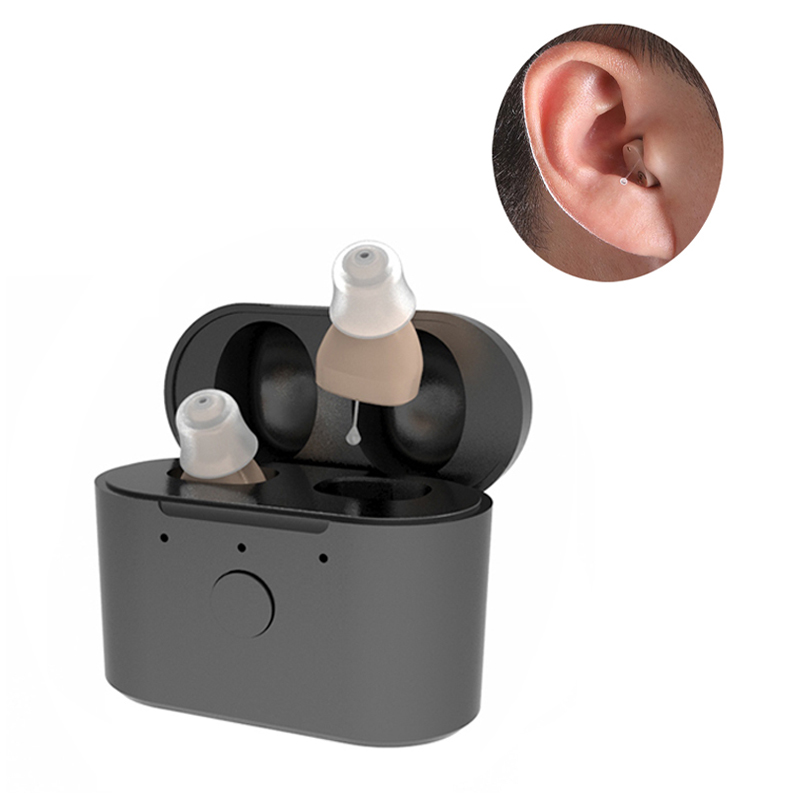Analog hearing aids are a traditional type of hearing assistance device that amplifies sound for individuals with hearing loss. These devices work by capturing sound through a microphone and processing it using analog electronic components. The amplified sound is then delivered to the ear through a speaker or receiver.
One of the advantages of analog hearing aids is their simplicity. They have basic volume controls that allow users to adjust the amplification level according to their specific needs. Analog devices also provide a more natural sound experience by amplifying sounds evenly across different frequencies, making speech and environmental sounds clearer for individuals with mild to moderate hearing loss.

What causes hearing loss?
It might come as a surprise that, as per The National Institute of Deafness and Other Communication Disorders, an estimated 90% of infants born with hearing loss are born to parents with typically functioning hearing abilities. Interestingly, the demographic most susceptible to hearing impairment comprises individuals over the age of 60, with men being more predisposed to hearing loss compared to women.
While advancing age stands out as the primary factor influencing the likelihood of experiencing hearing loss, there are other contributing factors and events that can either temporarily or permanently impact auditory health. Conditions such as ear infections, abnormal bone growths, and tumors have the potential to inflict harm on one’s hearing. The delicate eardrum may rupture, the sensitive inner ear can sustain damage, and even an excess buildup of earwax could adversely affect auditory function. Understanding these diverse factors underscores the complexity of hearing health and the need for comprehensive awareness and preventive measures.
Hearing aids have evolved significantly over the years, offering individuals with hearing loss a variety of options to improve their auditory experience. Two primary types of hearing aids dominate the market – digital and analog. In this article, we will delve into the distinctions between these two technologies to help you make an informed decision when choosing a hearing aid.
Digital vs. Analog hearing aids
Digital Hearing Aids
Digital hearing aids represent the latest advancements in hearing aid technology. These devices convert sound waves into digital signals, allowing for sophisticated processing and customization. Here are some key features of digital hearing aids:
- Signal Processing: Digital hearing aids employ advanced signal processing algorithms to analyze and adjust incoming sounds. This enables precise customization based on individual hearing needs.
- Noise Reduction: One notable advantage of digital hearing aids is their ability to reduce background noise selectively. The device can distinguish between speech and noise, enhancing the clarity of the sounds the user wants to hear.
- Programmability: Digital hearing aids are programmable, meaning they can be adjusted and fine-tuned for different listening environments. Audiologists can tailor settings to accommodate specific frequencies and volumes, providing a personalized hearing experience.
- Feedback Reduction: Digital technology effectively minimizes feedback and whistling sounds that can occur with analog hearing aids, improving overall comfort and performance.

Analog Hearing Aids
Analog hearing aids were the traditional choice before the advent of digital technology. These devices amplify the entire sound signal without much processing. Here are some characteristics of analog hearing aids:
- Amplification: Analog hearing aids amplify all incoming sounds uniformly. This simplicity makes them suitable for individuals with basic hearing requirements.
- Cost: Analog hearing aids are generally more cost-effective than their digital counterparts. This makes them an attractive option for those on a budget.
- Battery Life: Analog hearing aids often have longer battery life compared to digital ones, as they don’t require as much power for processing complex signals.
- Limited Customization: Unlike digital hearing aids, analog devices have limited customization options. They may lack the ability to selectively reduce background noise or adapt to specific listening environments.

Conclusion
Choosing between digital and analog hearing aids depends on individual preferences, lifestyle, and the degree of hearing loss. While digital hearing aids offer advanced features and customization, analog hearing aids may be suitable for those seeking a more straightforward and cost-effective solution. Consulting with an audiologist is crucial to determine the most appropriate option based on your specific needs and preferences.
